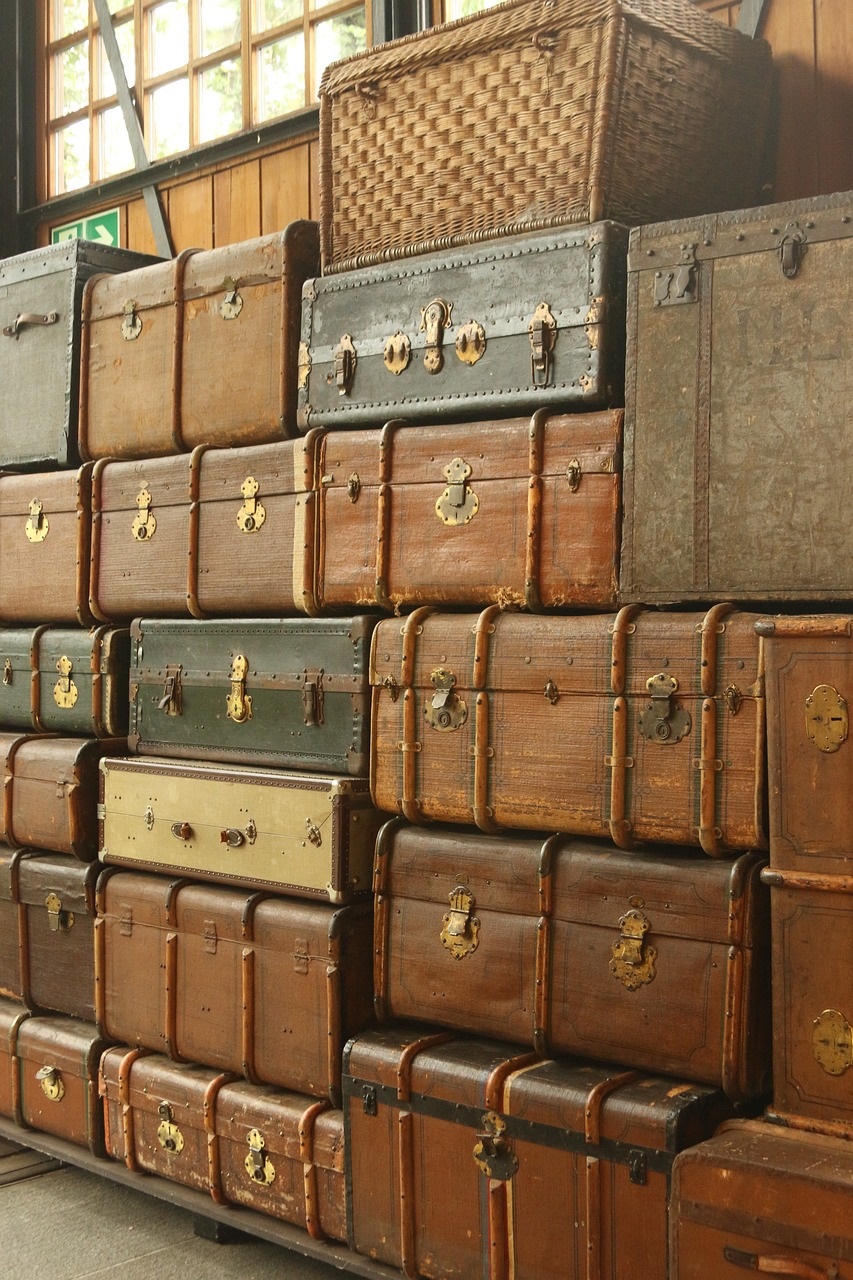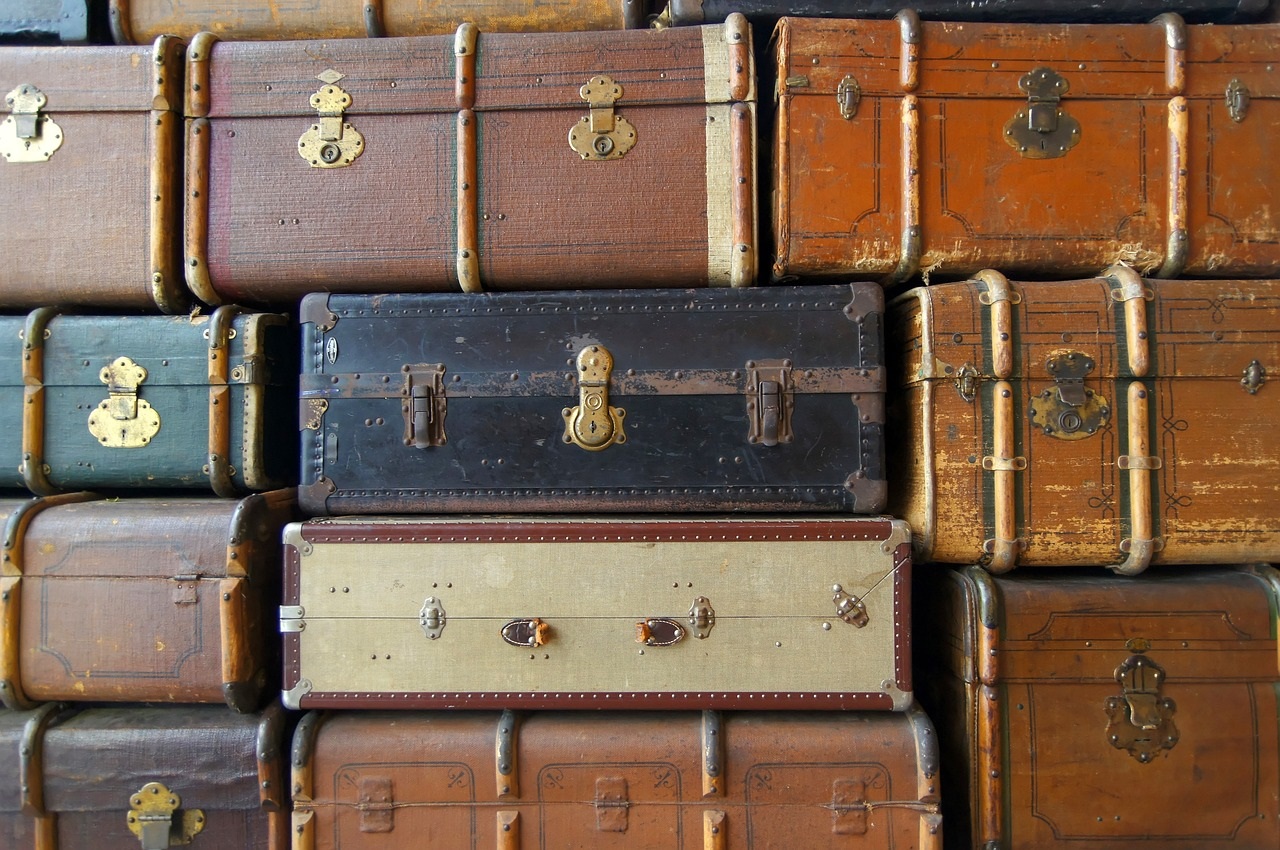

An update for the Nice Classification for trademark registration
The International Classification of Goods and Services for the Purposes of the Registration of Marks, also known as the Nice Classification, or NCL, received its annual update in January 2024. Now all trademark applicants need to use the 12th edition of the Classification, version 2024 (NCL12-2024).
The Nice Classification includes rules for classifying goods or services into one of its 45 classes, as well as an alphabetical list of goods and services. It is assumed that this alphabetical list includes the majority of positions for which market players may need to register a trademark.
Every year the classification is revised and clarified. Its basic text in English and French is published online by the World Intellectual Property Organization (WIPO), and official translations are later prepared and approved by national offices.
Amendments to the classification often reflect recent economic changes, demonstrating which goods and services may be relevant to the economy.
For example, this year “travelling trunks” were excluded from the list of goods and services, and it is indeed unlikely that this was a popular option for modern travellers. At the same time, some quite advanced products appeared on the list, such as “holographic projection apparatus” and “downloadable computer software applications for minting non-fungible tokens [NFTs]” (Class 9). Some of the newly added services even sound as if they come from a science fiction novel: “space transport” (Class 39) and “rental of humanoid robots having communication and learning functions for entertaining people” (Class 41) are prime examples.
A number of items added to the alphabetical list are well known to everyone, but have been officially added to the Classification only this year. Now the list finally includes such useful things as “dish soaps” (Class 3) and “point-of-sale [POS] terminals” (Class 9).
Of course, it is very hard to immediately take into account all possible goods and services, and to anticipate the development of technology and science in advance. This is why intellectual property professionals around the world, led by the Committee of Experts of the Nice Union, continue their work on updating the classification every year.
